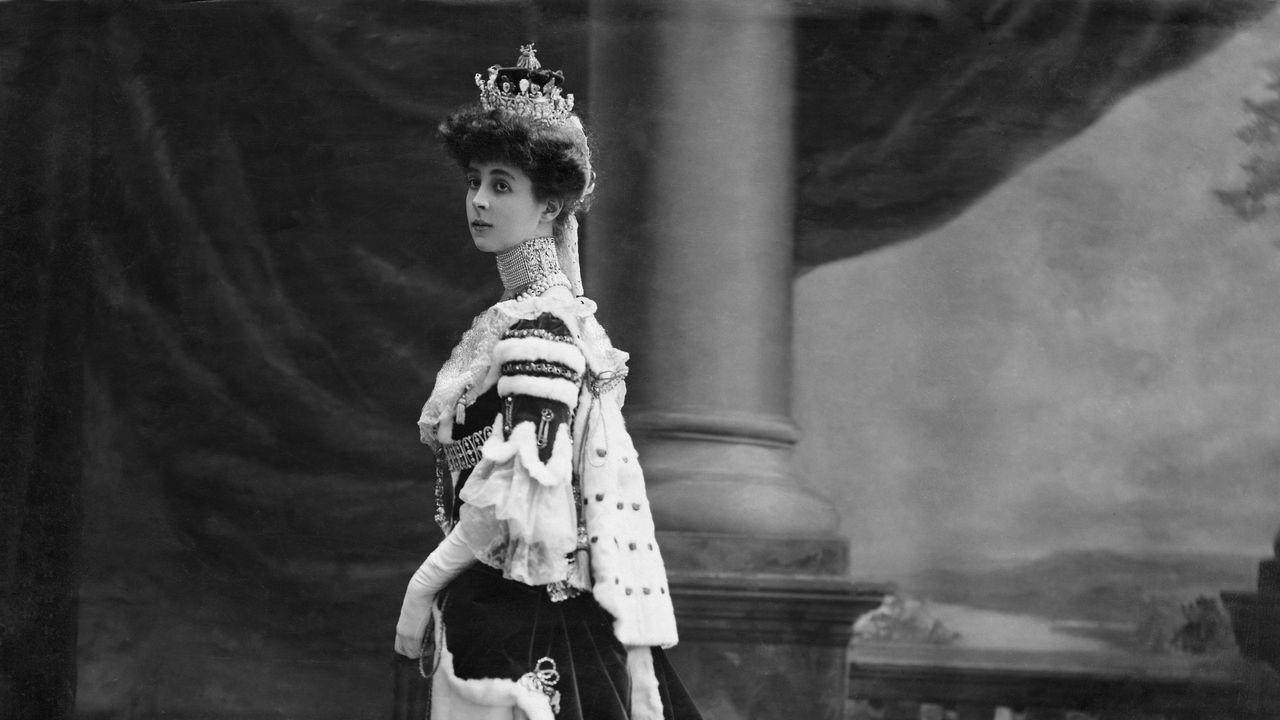At the end of The Gilded Age’s latest episode, a deal is struck between the Duke of Buckingham and George Russell. The English aristocrat will receive an enormous sum to marry Gladys, the daughter of the railroad titan. In turn, Gladys will achieve a towering social rank. An upset Gladys confronts him about their arranged marriage, which was largely driven by the Duke’s need to preserve his massive estate and his lifestyle. “I hope that when you come to know me better, you’ll agree that what I’m trying to preserve is worth preserving,” he says. Gladys accepts her fate, and a wedding is planned.
The Gilded Age plotline of Gladys and the Duke echoes the real-life story of Consuelo Vanderbilt and the Duke of Marlboroughwhere the Duke received $100,000 yearly (around $3.2 million today) as well as $2.5 million in railroad stock (today, that would be around $81 million). In turn, Vanderbilt became the first American woman to hold the title of Duchess in history. Despite all the orchestration, the marriage was a failed one.
They did, however, have an insanely lavish wedding.
On November 6, 1895, the 18-year-old Consuelo Vanderbilt married Charles, the ninth Duke of Marlborough at St. Thomas’s Church on 53rd Street and 5th Avenue in a morning ceremony. To say it was highly anticipated is an understatement: crowds gathered outside the church, as did the press, eager to see the high ranking British aristocrat wed one of the country’s wealthiest women.
In their dispatch from the nuptials, The New York Times called the inside of a church a “fairyland.”
“Even those who are used to the most exquisite decorations were enchanted by the magnificent spectacle. The florist and his assistants worked diligently for days,” they added.
The reporter then dedicated seven paragraphs alone to just the flowers: “There was hardly an inch of stonework or an inch of woodwork that was not concealed by delicate and graceful vines or bunches of varicolored blossoms,” he wrote. From the church’s dome hung garlands of flowers, lilies, roses, and chrysanthemums, which stretched all the way to the organ alcove, which was covered in climbing vines. Medallions of maple foliage adorned the galleries, whereas pews were accented by floral torches and feathery palms. Meanwhile, the choir stalls were covered in roses, lilies, and alpine violets. The writer also describes an abundance of pink and white cosmos, as well as holly.





